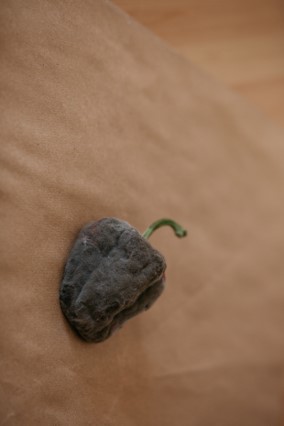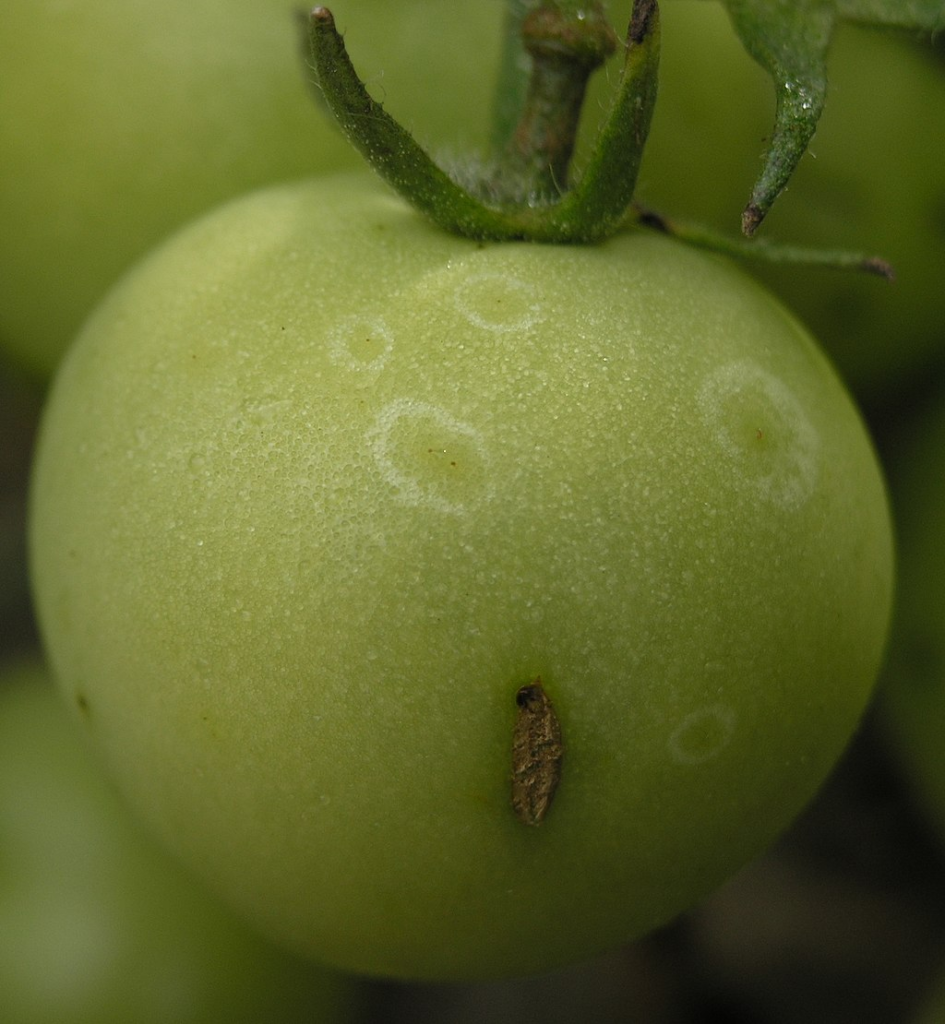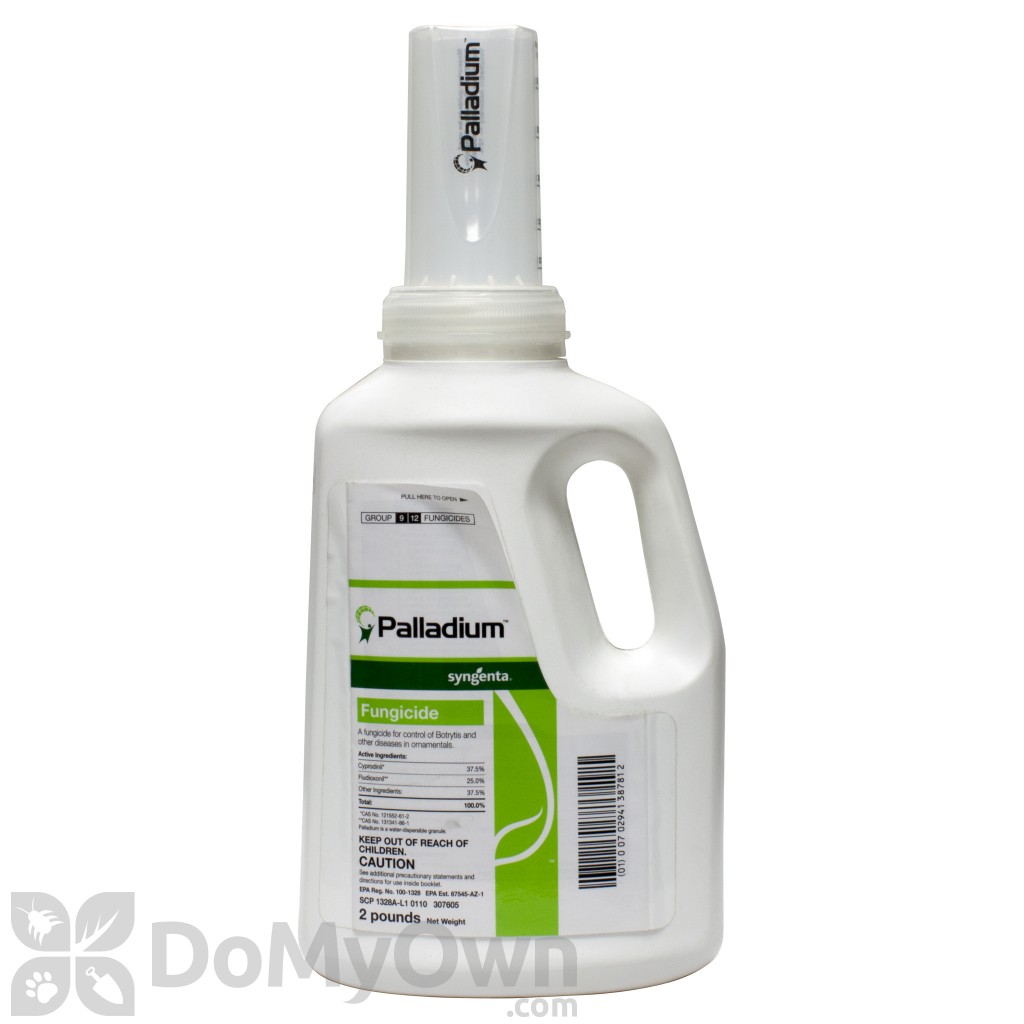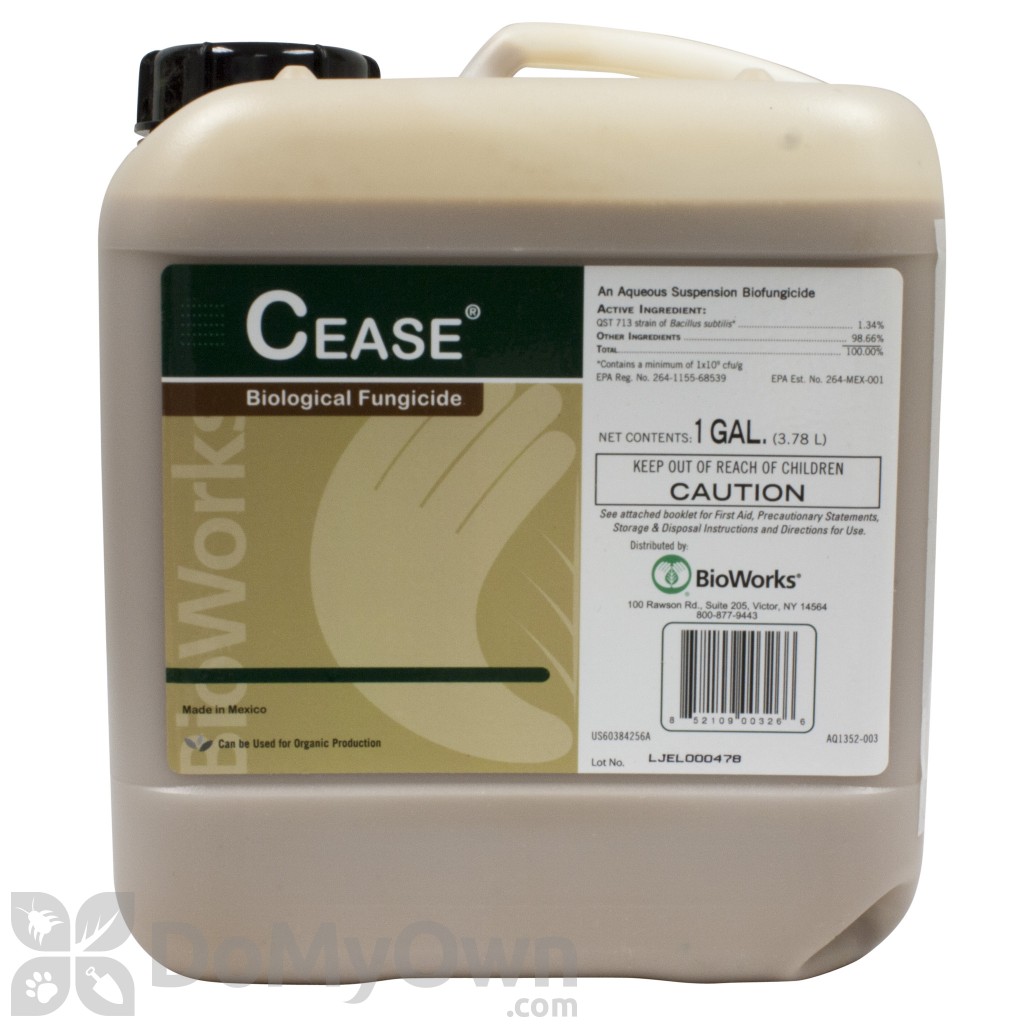Also called botrytis, it’s a gray colored fungus which attacks many crops.
It is characterized by a gray or brownish fuzz that appears on infected plant parts.




It can infect fruits, leaves and stems.
It Most often damages injured tissues of plants and creates a gray and velvety layer of spore tissue on the parts of the plant.
Infected fruits turn gray and the fruit softens and rots.
Fruits may develop spots in the form of bright white halos caused by airborne spores.
If the infestation is in its early stage, and you can do it,
It will help a lot if you prune the infested leaves.
In this way you can pause or delay the spread of the fungus.








Gray mold thrives in cool and humid conditions, and it can rapidly spread in high-density planting environments.
It can cause significant damage to crops by softening and rotting the affected tissues.
It mainly appears around 18 to 23 degrees Celsius, that’s 65-75 Fahrenheit.
If you are using overhead irrigation system with sprinklers,
you are increasing the chance of the appearance and spreading out of this fungus.
If you can, it is better to use drip irrigation.


It is recommended to use at least 3 kinds of different pesticides,
and alternate between them every 4 days,
in order to overcome pest’s resistance, and completely exterminate them.
For further information about this, read this post, and this post also.
There are 3 ways to eliminate gray mold: Chemical, and organic.
Best pesticides for gray mold,
Chemical:
Active ingredients:
| Fenhexamid |  |
| Pyrimethanil | |
| Cyprodinil |  |
| Pyraclostrobin |  |
| Iprodione |  |
| Mepanipyrim |
Organic:
Bacillus subtilis –
A biological fungicide containing a strain of the bacterium Bacillus subtilis.
The bacterial spores occupy space on the plant surface, and compete with the pathogens.
Then active compounds called lipopeptides, produced by the bacterium, disrupt the germination, and growth of invading pathogens.
Due to this action, resistance is not likely to develop.

Hydrogen Peroxide/ Dioxide-
Well known as an ingredient in disinfectant products, it’s now also approved for controlling microbial pests, on crops growing indoors and outdoors, and on certain crops after harvest.
This active ingredient prevents, and controls bacteria, and fungi by destroying essential components of the cells.

You might also like these articles:
- Pests and us
- How to Combat Pests During Growing Season: The Importance of Using Multiple Pesticides to Prevent Resistance and Maximize Yield
- How to differentiate between pesticides
- How to find your pesticide in a store
- Gray Mold: A Fungus That Damages Crops – Symptoms and Ways to Eliminate It with Chemical and Organic Pesticides
- How to terminate Late blight of tomato
- Protect Your Crops from Severe Downy Mildew Infestation with These Effective Pesticides: Organic and Chemical Options
- How to Identify and Treat Powdery Mildew on Plants: Chemical and Organic Solutions
- Tomato leaf mold
- Combatting Early Blight: Understanding and Treating Alternaria Leaf Spot in Tomatoes
- Maximizing Efficiency: How to Combine Pesticides to Control Multiple Crop Pests with One Spray
- Vegetable garden sprayer















Hello friends, itѕ wonderful article about teachingand fully
defined, keep it up all the time.